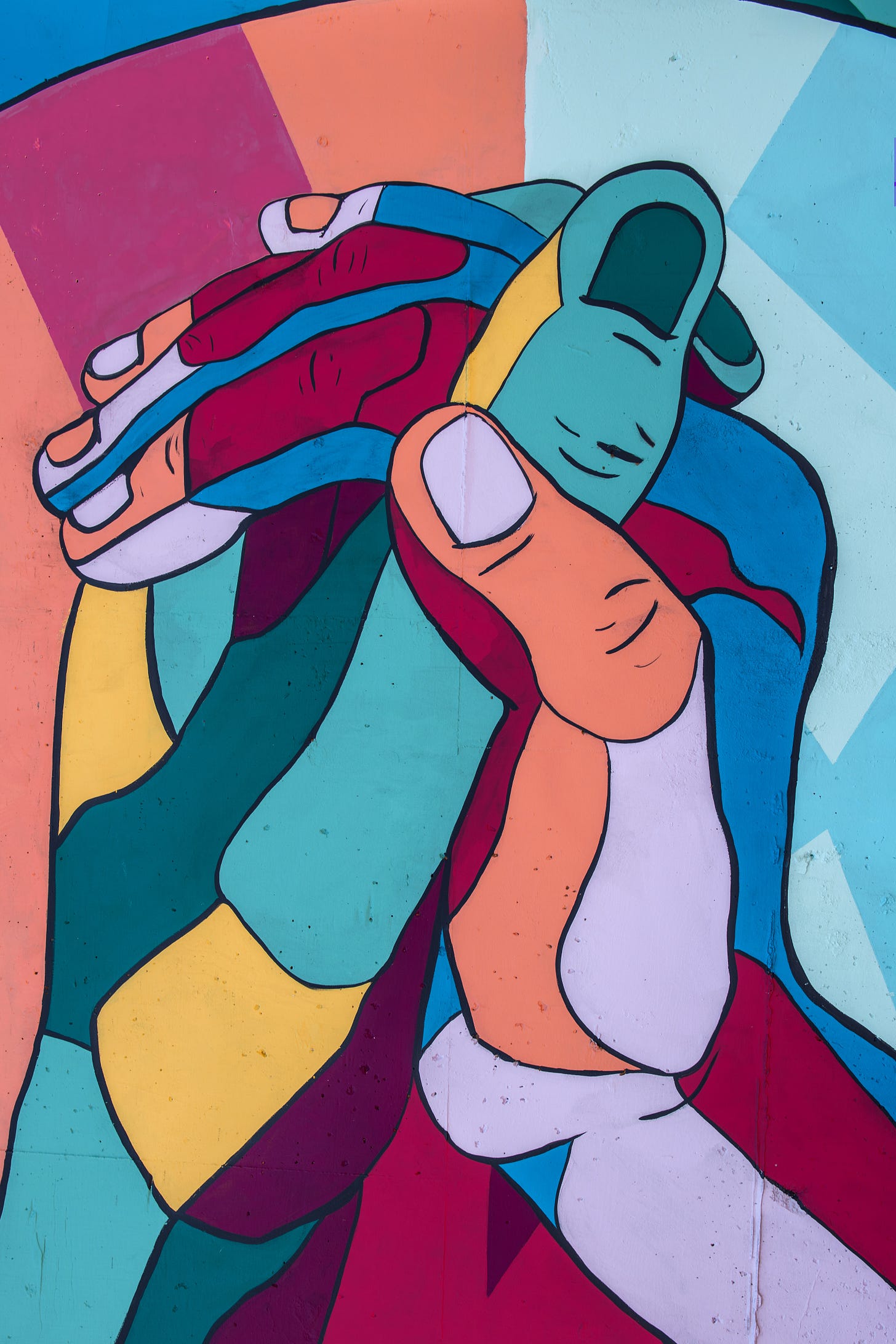When building a team, leaders usually have greater success when the team members bring different perspectives, ideas, and life experiences.
The most important aspect of this is that people who think differently from you come up with things you haven’t thought of. If you want your work to innovate, to evolve, to respond to market forces, to stay relevant, and to stay profitable, make sure to include a diverse group of people.
I’m not talking about having a “token” anyone—don’t make the mistake of thinking, “We have Gina on the team, so we know how all women will think about this idea.” But make sure that you respect what people with different life experiences can bring to a project.
People with different genders or sexual orientations than yours may perceive your message as “tone-deaf” when you didn’t intend it to be. BIPOC (Black, Indigenous, & People of Color) may extend your idea and help the team overcome assumptions that don’t hold for every person. People who have physical disabilities may improve your initial concept so that your product can be used more effectively by everyone. And that’s just from the different life experiences that they bring—people from different generations, different ethnic backgrounds, different gender identities, different generations, etc. are all capable of being excellent engineers, excellent accountants, excellent soldiers, excellent lawyers, excellent salespeople, excellent… well, ANYTHING. It’s 2021, people—don’t assume.
If you come from a background of privilege (which does NOT mean you didn’t have to work hard—it simply means that you had the luxury of NOT having to repeatedly think about and deal with being discriminated against based on an assumption about your identity while ALSO having to work hard), I urge you to make conscious efforts to increase diversity and inclusion on your teams. And if you have experienced exclusion, discrimination, or stereotyping because of a perception or assumption about some part of your identity, use that experience to understand and have empathy for people who have been excluded or pigeonholed for other perceptions, and make efforts on their behalf.
It’s not enough to say, “I’m not racist/sexist/homophobic/transphobic/discriminatory.” We need to make sure we are anti-racist, etc. If your hiring practices are not yielding a diverse and inclusive workforce, change your hiring practices. Recruit from a wider range of colleges and hiring sources. Offer benefits that help parents and include partners. Make sure your workplace is fully accessible, usable, and comfortable for people who have disabilities.
It’s the right thing to do from a human perspective, of course, but it also makes solid business sense. You don’t even know what you haven’t considered—bring people in who see things differently, so they can bring in other perspectives and ideas.
This is an area of life in which your leadership can have an enormous impact.
(Photo by Tim Mossholder on Unsplash)



